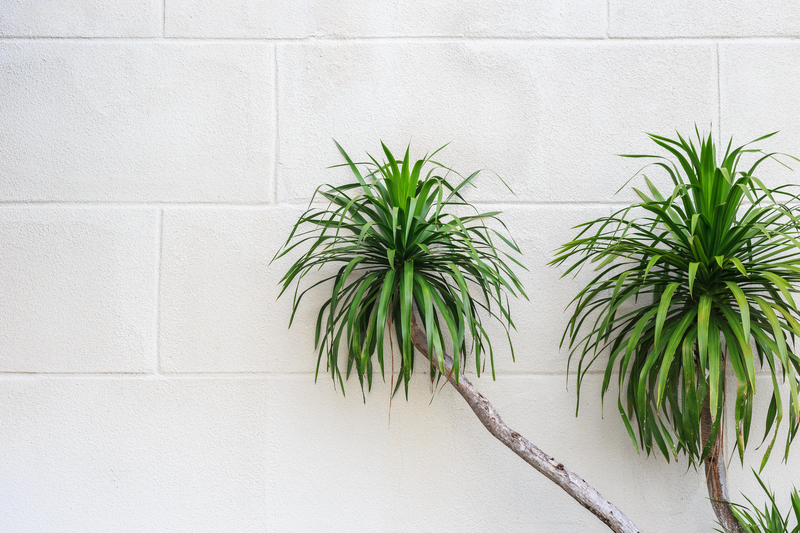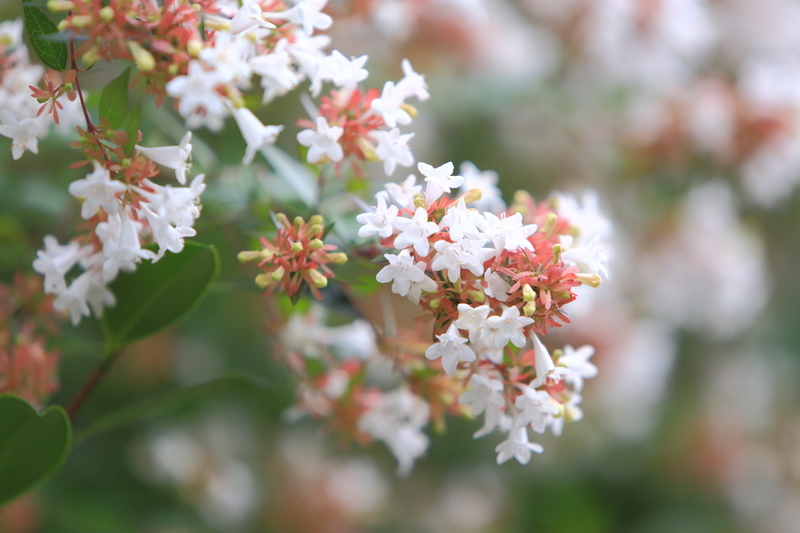Easy Solutions for Challenging Garden Spaces
Posted on 20/05/2025
Gardening is a fulfilling activity that offers a plethora of benefits, from improving mental health to providing fresh produce. However, not every garden space is created equal. Some spaces pose more significant challenges than others, whether it be due to limited sunlight, poor soil quality, or compact areas. This article delves into effective and simple solutions for transforming these challenging garden spaces into lush, productive havens.
Understanding the Limits of Your Space
Before attempting to plant in a challenging garden space, it is crucial to understand the specific limitations it poses. Spend some time observing the area, paying attention to the amount of sunlight it receives, the quality of the soil, and the overall layout. This initial assessment will guide your gardening efforts and ensure that you choose the most suitable plants and techniques for thriving in these conditions.
Sunlight Availability
The amount of sunlight a garden area receives plays a critical role in determining what can be grown there. Gardens that receive less sunlight are best suited for shade-loving plants, while areas with ample sunlight can support a wider range of vegetation.
Soil Quality
The quality of the soil in your garden can vary greatly. Conduct a soil test to understand its pH levels and nutrient content. Poor soil can often be amended with organic matter, compost, and fertilizers to enhance its fertility.
Space Constraints
Small or oddly shaped garden areas can be a challenge to work with. However, innovative gardening techniques like vertical gardening and container gardening offer viable solutions.

Solutions for Limited Sunlight
If your garden space receives limited sunlight, you don't have to forego gardening altogether. Plenty of plants thrive in low-light conditions, and a few strategic adjustments can make a significant difference.
Shade-Tolerant Plants
Many plants are well-suited to thrive in shaded areas. Hostas, ferns, and astilbes are excellent choices for adding greenery and texture to low-light garden spaces. Edible options, such as lettuce, spinach, and kale, also grow well in partial shade.
Light-Reflecting Techniques
Using light-colored surfaces, mirrors, or reflective mulch can help to increase the amount of light available to your plants. By reflecting natural light, these surfaces can enhance the brightness of shaded areas and promote healthier plant growth.
Artificial Lighting
For indoor garden spaces or heavily shaded outdoor areas, consider using artificial grow lights to supplement natural light. LED grow lights are energy-efficient and can provide the essential wavelengths of light needed for photosynthesis.
Improving Soil Quality
Poor soil quality can hinder plant growth and productivity. However, several strategies can transform poor soil into a rich, fertile medium for a thriving garden.
Soil Amendments
Adding organic matter, such as compost, manure, or leaf mold, can significantly improve soil structure, water retention, and nutrient content. These amendments promote healthy root development and enhance plant resilience.
Mulching
Applying a layer of mulch to the soil surface helps to conserve moisture, regulate temperature, and suppress weeds. Mulch can also decompose over time, adding valuable organic matter to the soil.
Raised Bed Gardening
Raised beds offer an excellent solution for poor soil conditions. By filling raised beds with high-quality soil, compost, and organic amendments, you create an optimal environment for plant growth. Raised beds also improve drainage and make it easier to manage soil health.
Maximizing Small Garden Spaces
Gardening in small spaces requires creativity and thoughtful planning. Strategies like vertical gardening, container gardening, and intensive planting can help you make the most of your limited space.
Vertical Gardening
Vertical gardening involves growing plants upwards, using structures like trellises, wall-mounted planters, and hanging baskets. This method is ideal for small spaces, as it maximizes vertical space and allows for a greater variety of plants to be grown.
Container Gardening
Containers provide flexibility and convenience, allowing you to garden in compact spaces. Choose containers of various sizes and heights to create visual interest and accommodate different plant types. Ensure that containers have proper drainage to prevent waterlogging.
Intensive Planting
Intensive planting techniques, such as square foot gardening and companion planting, maximize the use of available space. These methods involve planting crops in close proximity to one another, optimizing space and improving yields.
Dealing with Poor Drainage
Poor drainage can lead to waterlogged soil, causing root rot and other plant health issues. Employing effective drainage solutions can mitigate this problem and create a healthier garden environment.
French Drains
A French drain is a trench filled with gravel or rock that redirects excess water away from the garden area. Installing a French drain can prevent waterlogging and improve soil drainage.
Raised Beds and Containers
As mentioned earlier, raised beds and containers can help manage poor drainage. Elevating the soil allows for better water flow and prevents the roots from sitting in stagnant water.
Soil Amendments
Incorporating materials like sand, perlite, or organic matter into the soil can improve its texture and drainage capabilities. These amendments create air pockets that facilitate water movement and prevent compaction.

Combating Pests and Diseases
Pests and diseases can pose significant challenges in any garden, but there are proactive steps you can take to protect your plants and promote a healthy garden ecosystem.
Integrated Pest Management (IPM)
IPM is an environmentally friendly approach to pest control that combines biological, cultural, physical, and chemical methods. It focuses on preventing pest problems and minimizing harm to beneficial organisms.
Companion Planting
Some plants have natural pest-repelling properties or can attract beneficial insects. Companion planting involves strategically placing these plants near vulnerable crops to enhance pest control. For example, marigolds can deter nematodes and aphids, while attracting pollinators.
Regular Monitoring
Regularly inspect your plants for signs of pests and diseases. Early detection allows for prompt intervention, preventing minor issues from escalating into major infestations. Remove affected plants and use organic or chemical treatments as needed.
Conclusion
Gardening in challenging spaces is not an insurmountable task. By understanding the limitations of your garden space and employing innovative solutions, you can create a thriving garden tailored to your unique conditions. Whether dealing with limited sunlight, poor soil quality, small spaces, or other challenges, these easy solutions can help you overcome obstacles and enjoy a beautiful, productive garden. Embrace the opportunities presented by your garden's unique characteristics, and transform even the most challenging spaces into a gardener's paradise.




